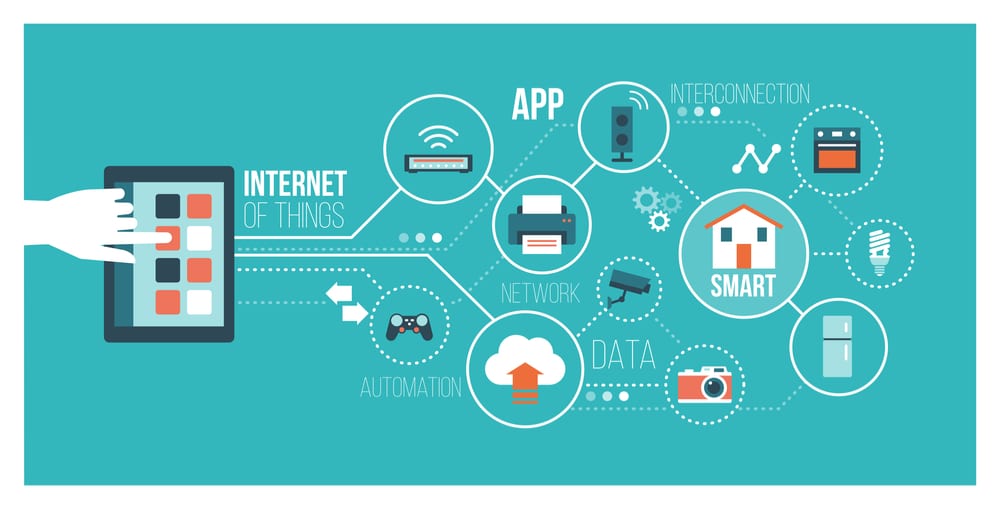We sat down with Russ Zielezinski, Chief Operations Officer at Advanced Telecommunication of Illinois (ATI) to get his perspective on the challenges of managing aging telecom technologies.
Managing aging technology is a challenge that we face everyday with our customers, some of whom operate under the principle, “If it’s not broken, don’t fix it.” But the larger issue here is that technology is constantly evolving, offering more efficiency, services, and support; it will eventually force aging technology to phase out.
Manufacturers have made a conscious decision to move forward. Following Microsoft’s lead, now they are only willing to support certain products for a certain period of time and before you know it, even Windows 2008 will no longer be supported, and upgrading will be necessary. Once that happens, our hands are severely tied in terms of what support we can provide for our customers.
As technology advances, it’s becoming increasingly more difficult to get customers to move forward with it. Previously, customers could hold on to equipment for 5 to 10 years, but now it typically needs to be upgraded every 3 to 5 years.
What we often see is that people just accept aging technology “as is” – they get used to the slower work pace of outdated products, equipment, etc. It’s like driving the same car for a long time. It still gets you where you want to go, so you don’t realize how great a new car is until you finally drive one. Once they do that, most people wonder why they didn’t take the leap years ago instead of continuing to drive an old, outdated car.
Whether it’s a new car or updated business equipment, new technology increases productivity. Upgrading shouldn’t be seen as an expense because it’s ultimately a cost-saving measure. The advances allow you to restructure employees’ time, and even their pay, ultimately leading to profitability for the company.
For example, when you upgrade your phone system to create a unified communications system, your workplace becomes more productive and efficient. The investment pays for itself and more, because now your company can turn out increased business.
By staying up to date on the latest technologies, you can also avoid having no choice but to make conversions and updates because of regulatory changes that are sure to come. In other cases, your business could be forced into disaster recovery when equipment fails, which can negatively impact daily workflow. Much of the equipment used by businesses runs 24/7/365, and like everything else, it has a lifespan. By catching equipment before it fails, and upgrading technology and products, you can avoid bringing your business to a screeching halt.
Along with updating technology and subscribing to a support and maintenance program, businesses need to factor in future needs when considering upgrades and new products. With the increased use of cloud storage and services, it will be crucial for businesses that operate in cloud-based technology to have increased bandwidth to get real-time access to its data to allow the highest possible productivity.
New technologies allow employees to connect from workstations in office buildings, at their homes or abroad. Having reliable and accessible bandwidth and systems to ensure efficient and productive workdays is essential. Staying ahead of the technology curve by updating equipment and systems before they fail is key to maintaining a productive and efficient business.















